Overview
The importance of collaborating with stakeholders through 3D visuals lies in their ability to enhance engagement, improve communication, and facilitate informed decision-making during architectural projects. The article illustrates this by highlighting how 3D renderings provide clear representations of design concepts, allowing stakeholders to visualize and contribute to the project effectively, ultimately leading to better alignment and successful outcomes.
Introduction
The integration of 3D visualization into architectural practices is redefining stakeholder engagement, offering an innovative approach that transcends conventional methods. As stakeholders increasingly seek clarity and involvement in the design process, high-fidelity 3D renderings emerge as crucial tools that facilitate immersive experiences and enhance communication.
By bridging the gap between abstract concepts and tangible realities, these visuals empower stakeholders to grasp complex design elements and spatial relationships, ultimately fostering collaboration and informed decision-making.
This article delves into the multifaceted applications of 3D visualization in project management, exploring its role in:
- Enhancing stakeholder engagement
- Streamlining communication
- Resolving conflicts
- Shaping the future of architectural design through advanced technologies
Through a comprehensive analysis of current trends and practical implementations, it becomes evident that embracing 3D visualization not only elevates project outcomes but also cultivates deeper connections between architects and their communities.
Enhancing Stakeholder Engagement Through 3D Visuals
3D visuals serve as an essential tool in enhancing participant engagement, offering a concrete representation of architectural concepts that transcends traditional 2D plans. Functioning as a tangible asset, high-fidelity renderings connect the gap between concept and reality, enabling stakeholders to immerse themselves in the intricacies of the endeavor. With up to 50% of the brain’s tissue dedicated to visual processing, these immersive experiences enhance clarity in communication and foster a deeper understanding of purpose, spatial relationships, and functional layouts.
For instance, during the design phase of a commercial endeavor, a 3D rendering can effectively convey both aesthetic and functional elements, illustrating the importance of collaborating with stakeholders through 3D visuals, which enables clients and community members to provide informed feedback and collaborate on decision-making. This method fosters trust and guarantees alignment with the vision, resulting in outcomes that fulfill expectations and generate essential revenue for construction.
Furthermore, the combination of IoT with data representation is anticipated to increase by 33%, greatly improving architectural methods in participant engagement through real-time data integration and more interactive displays, ultimately enriching the community connection and confidence in the endeavor.
Practical Applications of 3D Visualization in Project Management
In the field of management, the importance of collaborating with stakeholders through 3D visuals is essential for promoting effective communication and collaboration. These advanced tools streamline planning by enabling teams to pinpoint potential design issues early in the process, thereby mitigating the risk of expensive revisions later on. For instance, providing clear and detailed information from the outset—whether from comprehensive construction sets or initial sketches—can save both time and resources.
As one client noted, ‘The clarity provided by the initial 3D models allowed us to avoid costly changes later on.’ Building Information Modeling (BIM) highlights the importance of collaborating with stakeholders through 3D visuals, as it seamlessly integrates 3D visualization with management, enabling architects, engineers, and contractors to collaborate on a unified model. This cooperative setting improves understanding of roles and responsibilities, aligns goals, and efficiently handles participant expectations.
Moreover, the photorealistic quality of 3D visuals underscores the importance of collaborating with stakeholders through 3D visuals, significantly enhancing presentations and stakeholder meetings, simplifying the communication of complex concepts and ensuring that all parties are aligned throughout the lifecycle. According to ROI case studies, analytics from such integrations provide an impressive average benefit of $9.01 for every dollar spent, underscoring the financial advantages of adopting 3D representation and BIM technologies in construction projects. Additionally, the global data representation industry is projected to reach $19.20 billion by 2027, highlighting the growing importance of these tools.
Significantly, a study by ScienceDirect discovered that individuals who navigated environments in VR possessed a 10% enhanced spatial comprehension compared to those who merely observed 2D floor plans, further illustrating the efficacy of 3D depiction tools. Ultimately, client feedback plays a vital role in this process, as their insights cultivate a shared vision and ensure that the final outcomes align with expectations. As another client expressed, ‘The collaborative feedback process with J. Scott Smith Visual Designs transformed our vision into reality.’
Data representation, hence, not only improves participant involvement and interaction but also narrates an engaging tale about a brand, resulting in more successful results.
The Impact of 3D Visuals on Decision-Making
The incorporation of 3D visualization into architectural design underscores the importance of collaborating with stakeholders through 3D visuals, as it greatly enhances the decision-making process by providing involved parties with thorough insights into proposals. The importance of collaborating with stakeholders through 3D visuals is evident when working with J. Scott Smith Visual Designs, as it enables initial renderings that illustrate and confirm architectural concepts, enhancing client understanding and improving communication among involved parties. Research indicates that the use of immersive 3D experiences significantly enhances client engagement, which is essential for successful outcomes.
When participants engage with realistic 3D renderings, their ability to evaluate the feasibility and implications of a project is significantly enhanced. For example, during community discussions centered on the creation of a new public area, 3D representations function as crucial instruments, allowing residents to imagine how the suggested design integrates with current infrastructure and landscapes. As mentioned by Anderson Creed, our skill and punctuality highlight the effectiveness of our 3D visualization methods in building confidence among interested parties.
This heightened clarity accelerates consensus, as participants gain assurance in their understanding of the project’s potential. Moreover, the capacity to manipulate and interact with 3D models highlights the importance of collaborating with stakeholders through 3D visuals, enabling immediate adjustments based on feedback and fostering a dynamic and responsive decision-making environment. Such engagement not only enhances the quality of decisions made but also fosters a collaborative atmosphere where community input is valued and incorporated into the development process.
Furthermore, utilizing social media with captivating 3D content boosts marketing efforts and client communication, making creations more memorable and fostering community connections around projects. Ready to explore the potential of your architectural creation concepts? Reach out to us today to arrange a consultation and discover how we can assist in bringing your design ideas to life with our immersive architectural presentation services.
Facilitating Conflict Resolution with 3D Visualization
Conflict is an inevitable aspect of managing initiatives, often stemming from divergent visions or misunderstandings among stakeholders. The implementation of 3D visualization at J. Scott Smith Visual Designs underscores the importance of collaborating with stakeholders through 3D visuals, as it creates a shared reference point that clarifies differing perspectives. Our collaborative rendering process begins with initial communication, where we engage clients through a virtual assistant for basic inquiries, ensuring that all questions are addressed promptly.
This is followed by detailed discussions to understand project goals and specific rendering needs. When creative elements are contested, presenting a comprehensive 3D model allows participants to visualize the implications of various choices, fostering objective discussions. This process includes:
– Meticulous detail modeling, where our skilled artists create a precise 3D representation of the design
– Careful material selection that accurately reflects the design intent
– Strategic lighting design to enhance the visual experience
The importance of collaborating with stakeholders through 3D visuals is evident as these visualizations can depict possible results of various choices, reduce tensions, and guide teams toward mutually acceptable solutions, thereby improving relationships among participants and fostering a more collaborative environment. The systematic review of Building Information Modeling (BIM) in safety management further reinforces this perspective, indicating that its growing implementation transforms safety practices and aids in the automatic identification of potential hazards, thereby enhancing overall communication and coordination. As highlighted by expert Hongru Yang, ‘Tacit knowledge is the foundation and key source of corporate competitive advantages’; thus, the importance of collaborating with stakeholders through 3D visuals is essential for tapping into this vital resource, facilitating more informed decision-making and conflict resolution.
Moreover, with over 25 million members and 160 million publication pages, the influence of 3D representation tools in construction project management is supported by a vast community of professionals. Incorporating interactive elements like filters and animations in our 3D representations significantly enhances engagement and effectiveness, making discussions even more productive. This corresponds with the findings from case studies on BIM, highlighting the importance of collaborating with stakeholders through 3D visuals, as its implementation not only enhances safety management but also acts as a crucial tool for conflict resolution among involved parties.
Future Trends in 3D Visualization for Stakeholder Collaboration
The future of 3D visualization in collaborative efforts is poised for significant advancement, driven by cutting-edge technologies such as virtual reality (VR) and augmented reality (AR). These innovations underscore the importance of collaborating with stakeholders through 3D visuals, transforming how they interact with architectural concepts and offering immersive experiences that allow them to virtually ‘walk through’ initiatives before construction. This capability offers profound insights into spatial dynamics and intent, fundamentally reshaping client interactions and approvals.
Furthermore, the rise of cloud-based platforms enhances collaborative efforts by facilitating real-time updates and granting global access to 3D models, a process highlighted in our collaborative rendering approach at J. Scott Smith Visual Designs. Our process begins with initial communication to understand project goals, followed by tailored proposals and detailed 3D modeling, ensuring satisfaction through effective customization. As these technologies gain traction, they emphasize the importance of collaborating with stakeholders through 3D visuals, bridging the divide between architects and stakeholders and fostering a more inclusive and participatory planning process.
Notably, the 3D representation market is projected to experience a robust compound annual growth rate (CAGR), indicating a positive outlook for these transformative tools. In 2023, Adobe and Autodesk held significant market shares of over 24%, underscoring their influence in delivering 3D rendering solutions. As CG Viz Studio aptly states, ‘At CG Viz Studio, our commitment to harnessing the full potential of 3D imaging and printing technologies positions us at the forefront of shaping the future of design.’
Additionally, the integration of AI and machine learning, as demonstrated in the case study titled ‘Machine Learning for Enhanced 3D Model Generation,’ is revolutionizing 3D model generation by automating tasks and enhancing the efficiency of the modeling process. The importance of collaborating with stakeholders through 3D visuals is underscored by this alignment of technological advancement and stakeholder engagement, marking a pivotal shift in architectural practices where efficiency and creativity are significantly enhanced. Testimonials from satisfied clients further validate our approach, showcasing the effectiveness of our services and the impact of high-quality visualizations on project success.
Conclusion
The integration of 3D visualization in architectural practices is fundamentally transforming stakeholder engagement and decision-making. High-fidelity renderings bridge the gap between abstract concepts and tangible realities, enhancing stakeholder understanding and promoting collaboration. This immersive approach fosters effective communication, enabling informed feedback that shapes project outcomes.
In project management, 3D visualization tools streamline interactions and facilitate conflict resolution. By utilizing Building Information Modeling (BIM), architects, engineers, and contractors can work collaboratively on a unified model, ensuring alignment of objectives and efficient management of expectations. The financial advantages of these technologies are evident, with significant ROI metrics highlighting the value of investing in 3D visualization.
As we look to the future, emerging technologies such as virtual and augmented reality are set to further enhance stakeholder collaboration. These innovations allow for real-time interaction with designs, deepening engagement and fostering a sense of ownership among stakeholders. The expanding market for 3D visualization underscores the growing importance of these tools in strengthening connections between architects and their communities.
In summary, embracing 3D visualization is essential for contemporary architectural practice. By leveraging these powerful tools, architects can enhance clarity, facilitate informed decision-making, and cultivate meaningful relationships with stakeholders, ultimately paving the way for a future where design and community collaboration are seamlessly integrated.
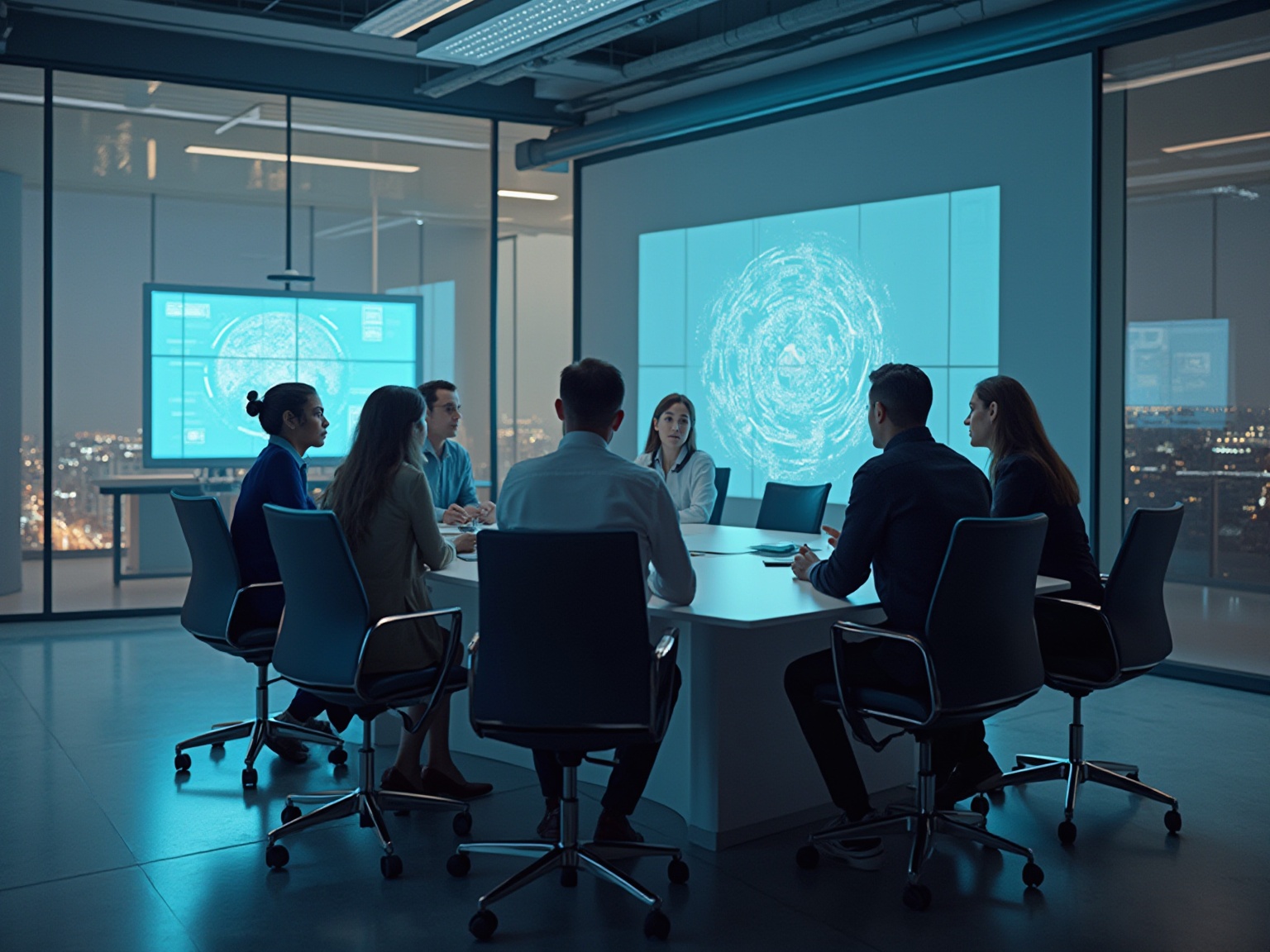
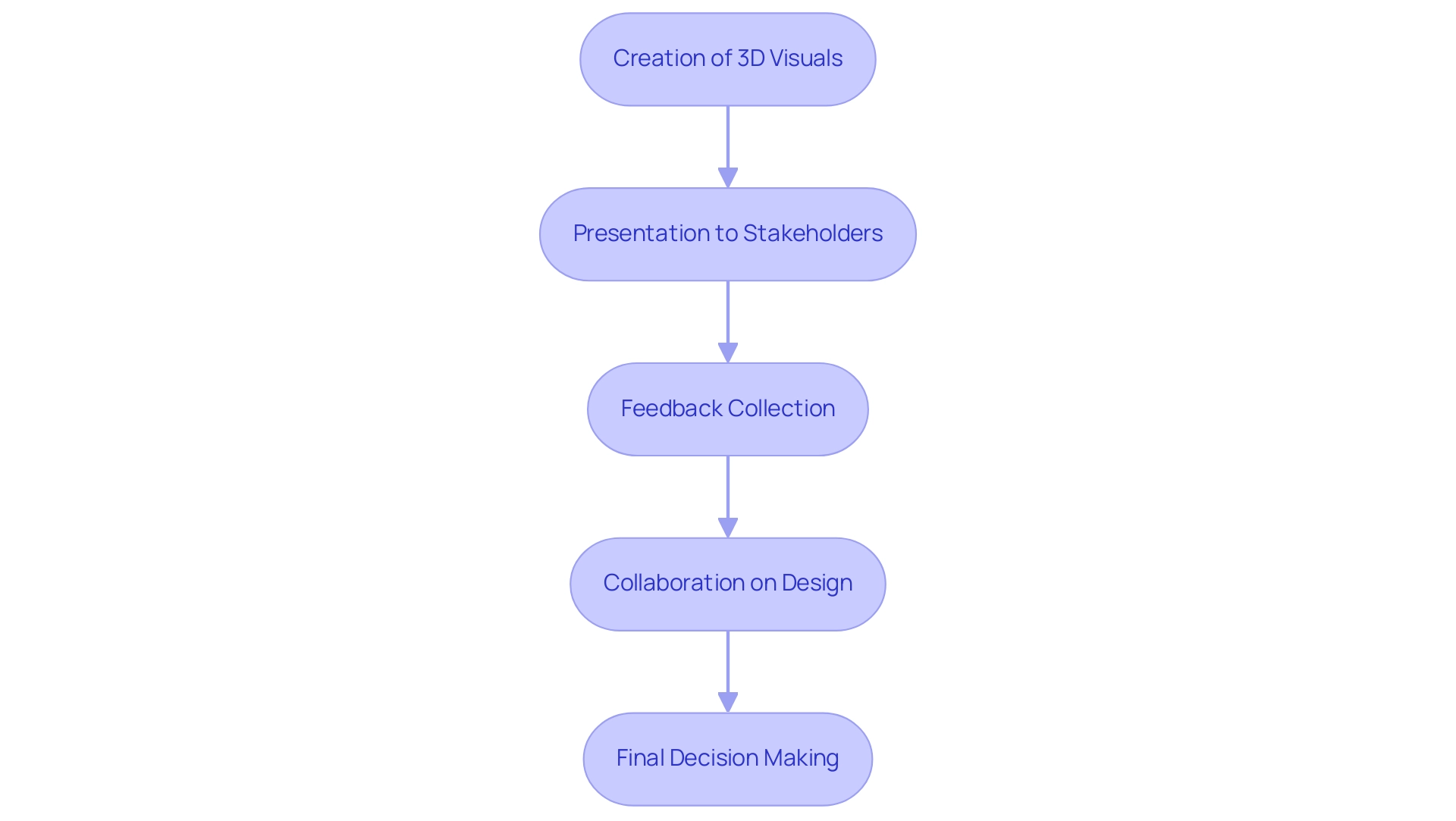
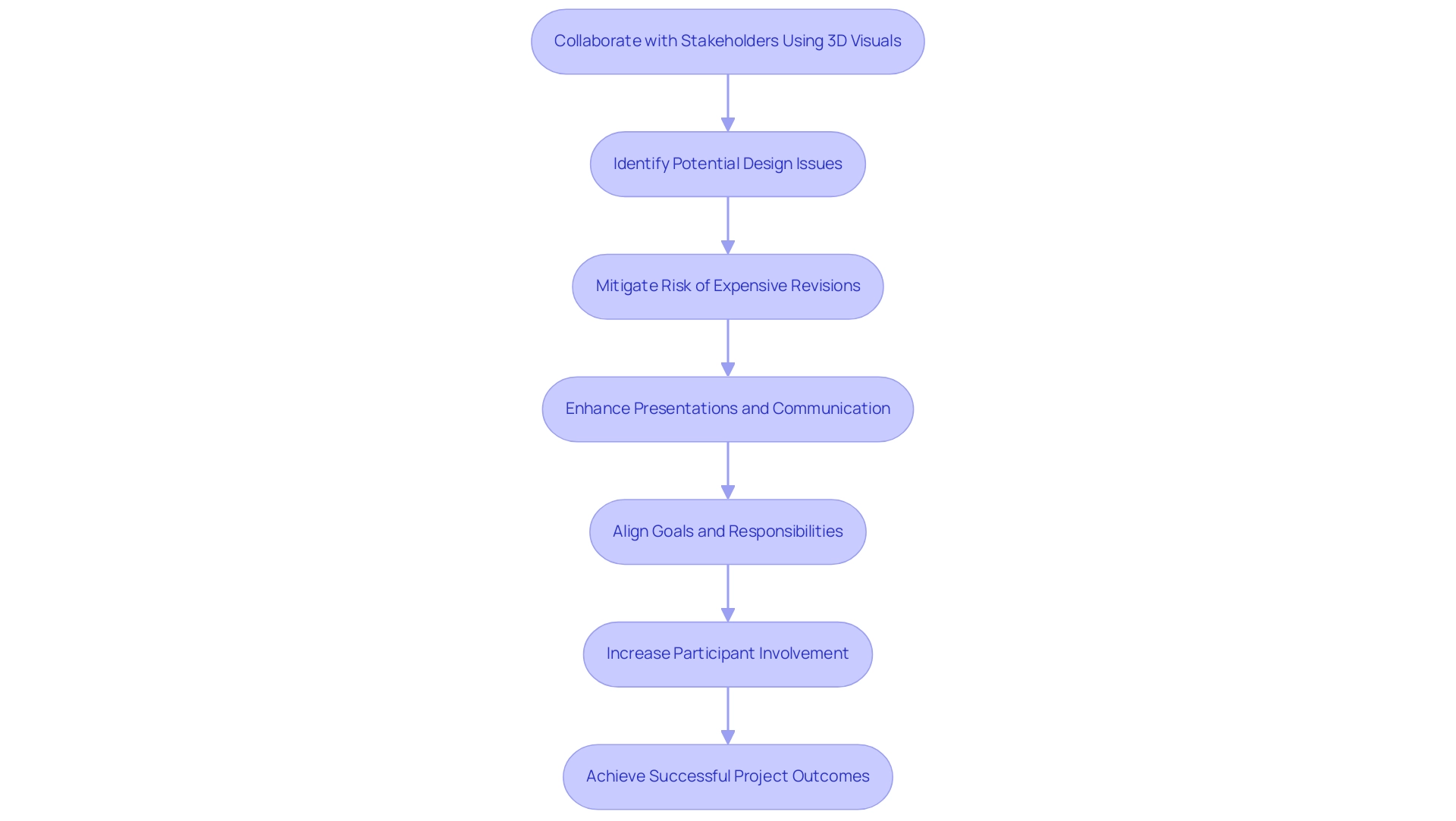
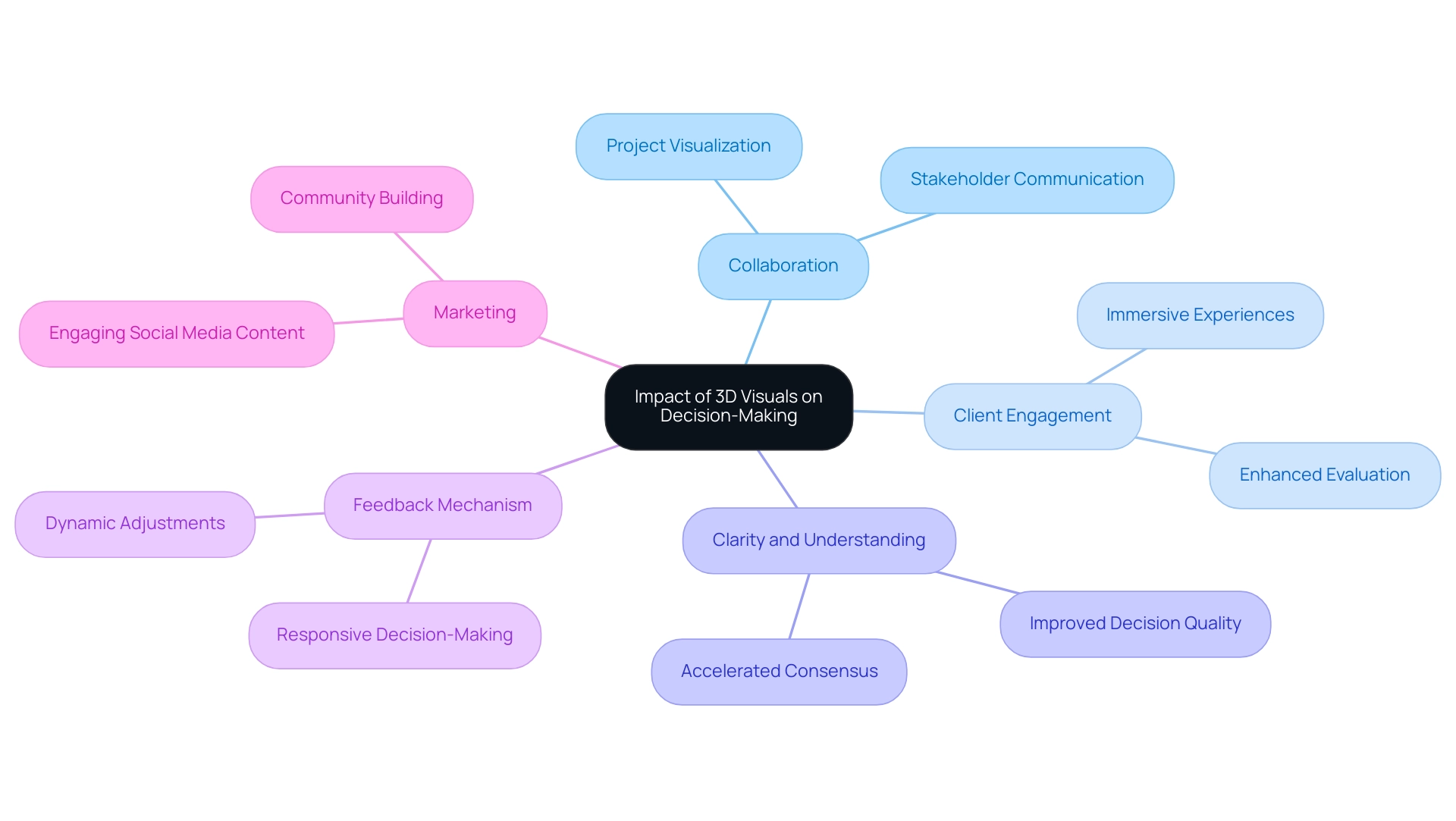
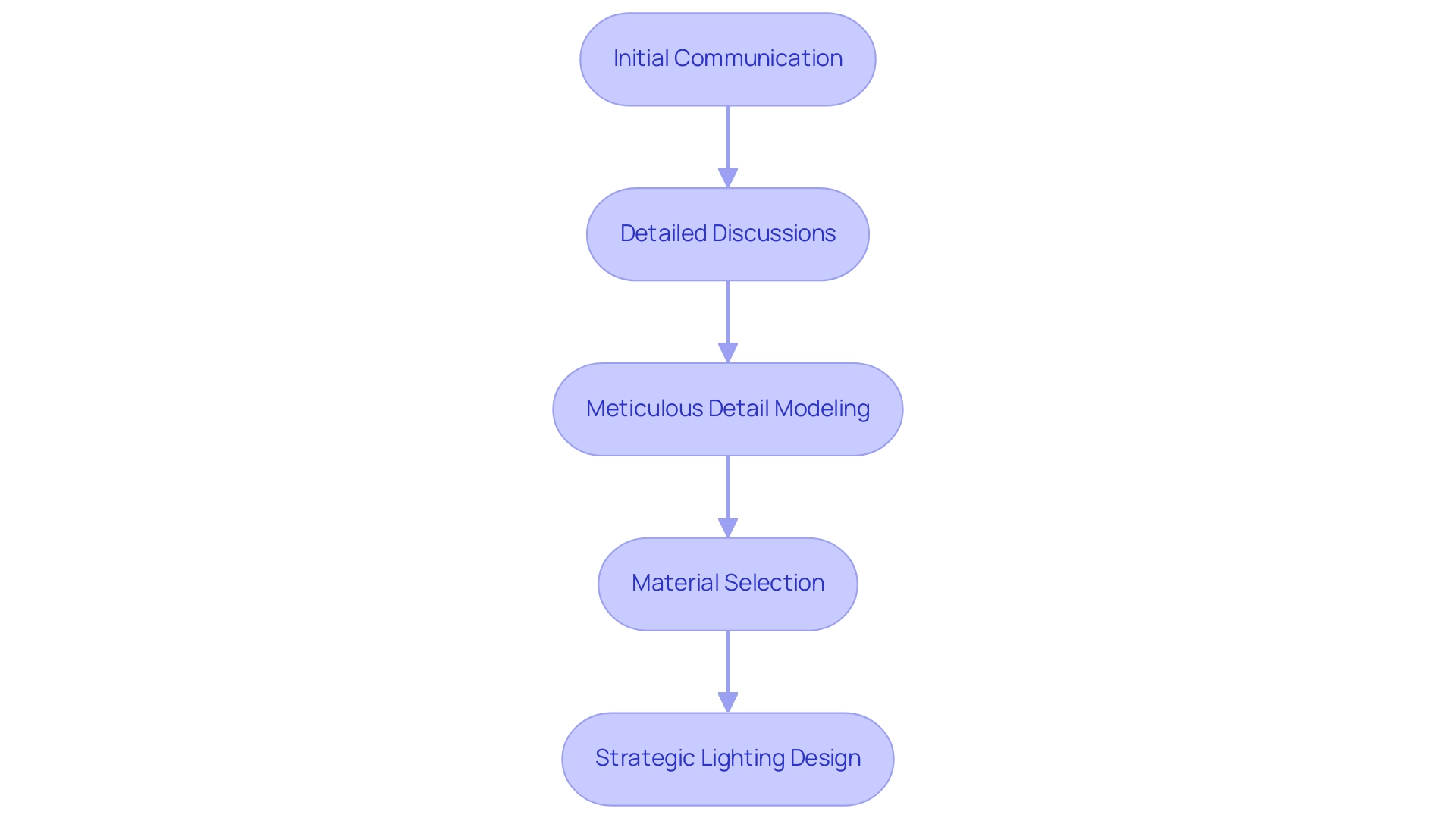
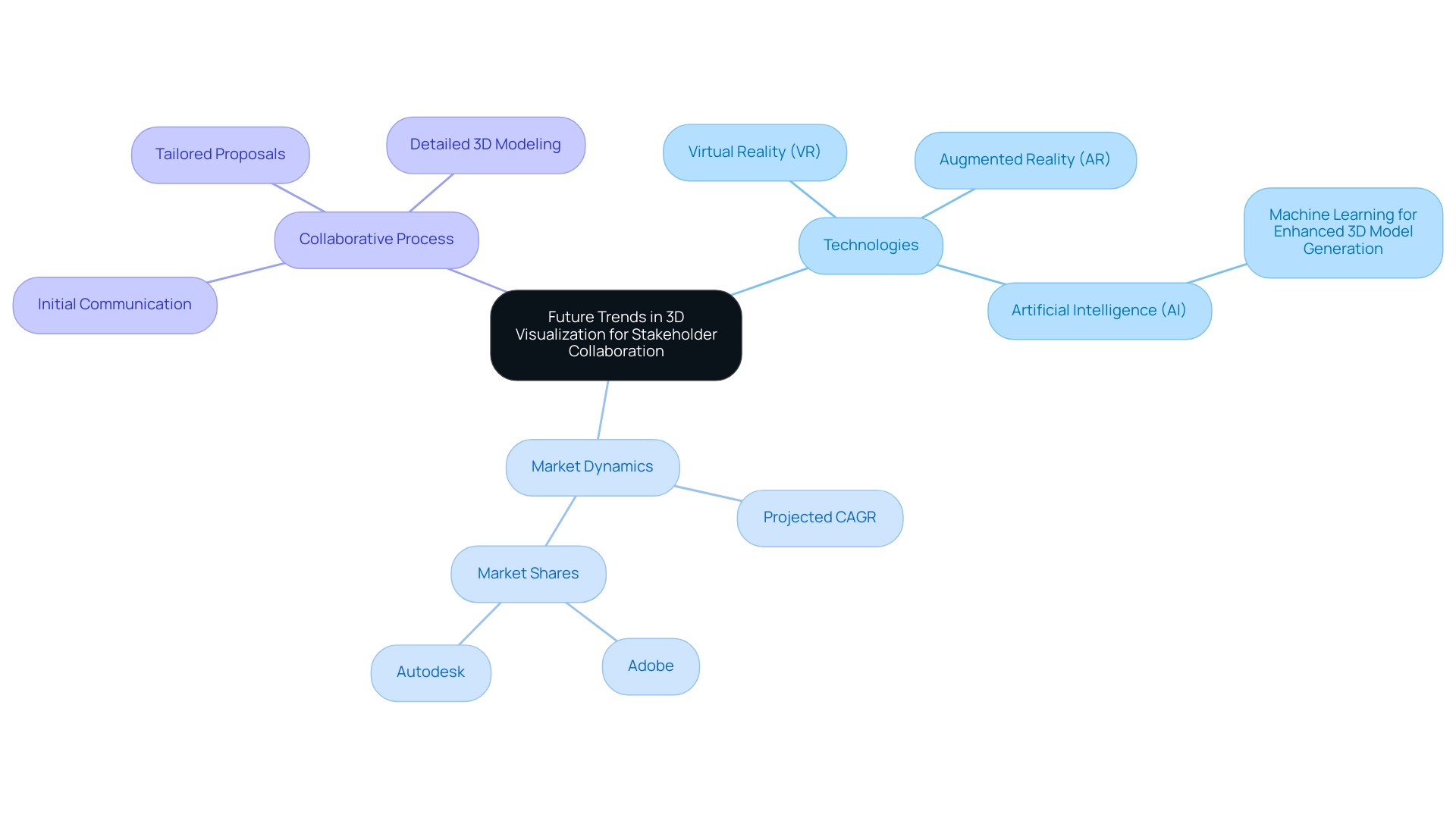
0 Comments